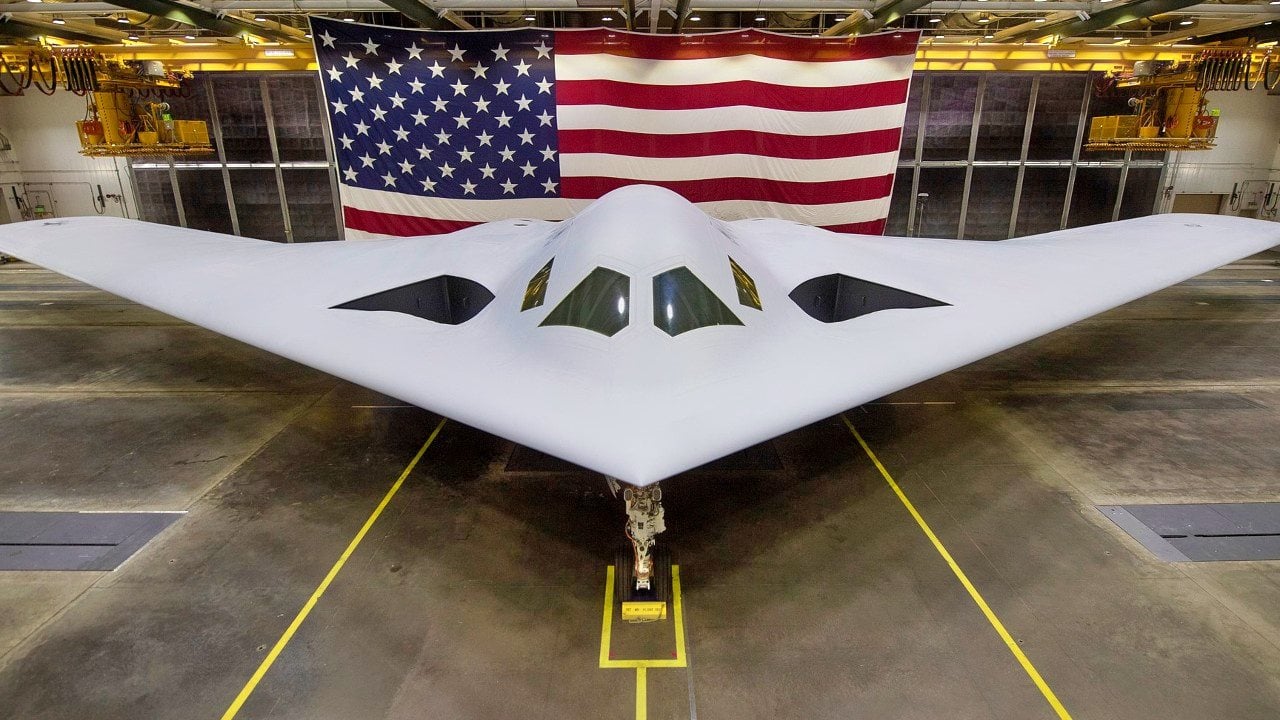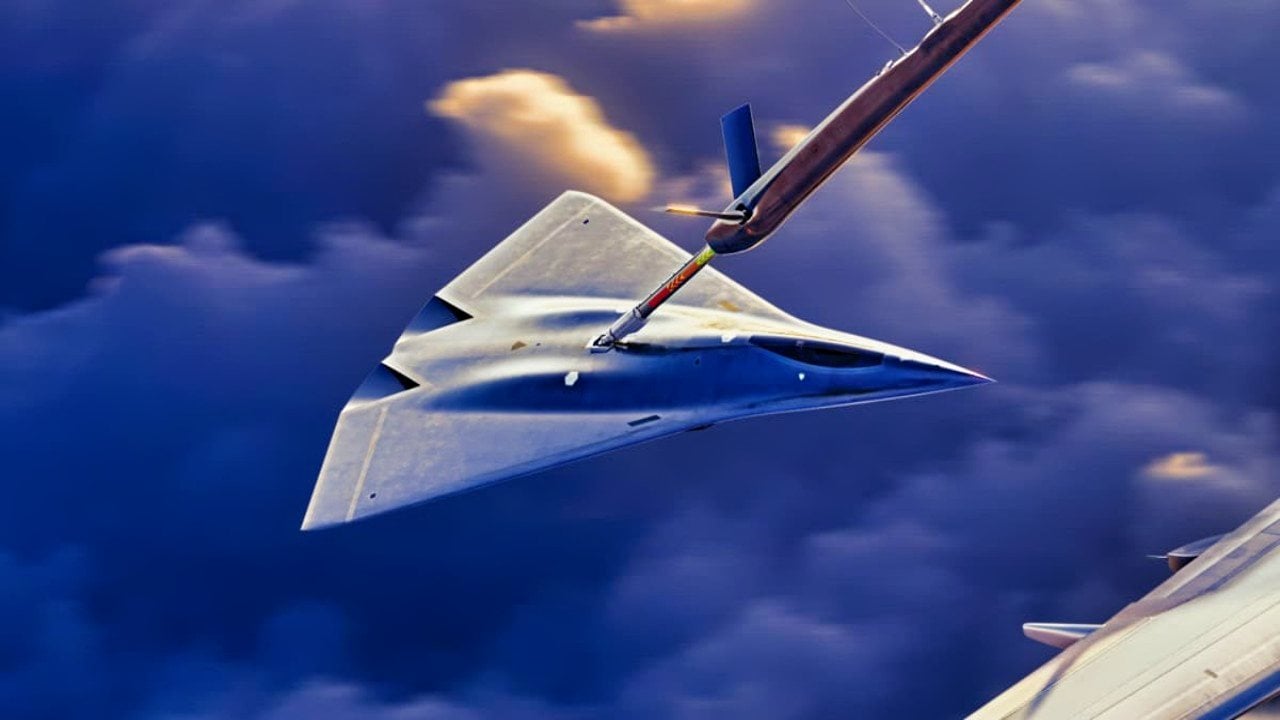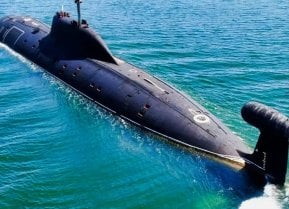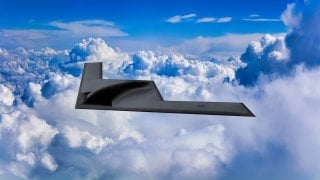B-21 Raider, NGAD, and F/A-XX All Have 1 Problem That Can't Be Fixed
Summary: As geopolitical tensions rise, the U.S. is developing advanced military technology to maintain superiority, including the B-21 Raider, NGAD, and F/A-XX programs. These next-gen platforms face high costs and potential budget cuts.

-The B-21 Raider, expected by 2027, may cost $750 million per unit. Some experts say this could be far more.
-The NGAD's sixth-gen fighter is priced at $300 million per unit, while the Navy's F/A-XX remains under development with escalating research costs.
-Despite their high costs, these programs are deemed essential for future military readiness.
U.S. Air Force's B-21 Raider and NGAD: High Stakes and Higher Costs
As geopolitical tensions across eastern Europe, the Middle East and Asia continue to escalate, American engineers are working to develop next-generation technology in order to retain military superiority over its adversaries.
From the Air Force’s B-21 Raider and Next-Generation Air Dominance (NGAD) programs to the Navy’s upcoming F/A-XX fighter design, the services are gearing up to introduce cutting-edge technologies to the combat space before Russia and China do the same.
While these platforms will be formidable powerhouses once introduced to service, the whopping costs associated with each program are concerning.
Some analysts have predicted that these next-gen platforms could be significantly cut back in the upcoming years, especially when factoring America's growing yearly budget deficits now tapping out over $1 Trillion a year with no end in sight.
An Overview of the B-21 Raider
The B-52 Stratofortress and the B-1B Lancer have remained the backbone of the Air Force’s bomber fleet for decades.
Although both strategic bombers are well respected platforms, the service is getting ready to introduce its latest B-21 Raider by 2027.
As part of the Long Range Strike Bomber program, the Raider will be able to deliver both nuclear and conventional weapons, serving as a stealth intercontinental strategic bomber for the Air Force.
The released specs and capabilities of the Raider will truly make it unparalleled in the skies once introduced, however, high costs are hurting the program.
In October of last year, manufacturer Northrop Grumman announced it would probably lose more than $1 billion to produce the Raider during its low-rate initial production.
Labor issues, high inflation among other detriments are complicating the service’s production process of the Raider.
According to Grumman’s chief executive Kathy Warden, "We are planning at a zero profitability [on the B-21 for now], but we have to perform, and we are working hard to ensure that plan is what we achieve." The Air Force is expected to purchase at least 100 B-21s to replace its aging fleets of B-52s and B-1Bs. Although the exact price of each airframe remains classified, analysts suspect each bomber to cost roughly $750 million. This cost would also increase if the service ends up procuring less than 100 bombers.
What about the NGAD?
Similarly, the Air Force’s NGAD sixth-generation program is riddled with high costs. The Pentagon expects the new stealth fighter to be priced at $300 million per airframe.

Designed to replace the world’s first ever fifth-generation platform the F-22 Raptor, NGAD will feature a “family of systems” including fleets of collective combat vehicles (CCVs) that will serve as loyal wingmen drones to the sixth-generation fighters they will fly alongside.
The Navy’s F/A-XX may also face budget issues:
While the Air Force has been more forthcoming about its NGAD fighter program, the Navy’s F/A-XX counterpart remains more of a mystery. This upcoming series of fighters is being designed to replace the F/A-18 Super Hornets.
As detailed by Eurasian Times last year, “The Navy revealed NGAD spending lines in its FY 2020 budget books, asking for about $20.7 million in research and development funds. To fund the program, the Navy anticipated needing $255.59 million in FY 2023 and $371.9 million in FY 2024. However, the predicted figures have been surpassed in the recent request.”
Despite the high costs associated with the NGAD, B-21 Raider and F/A-XX, these next-generation programs are essential in an increasingly hostile world.
However, questions about paying for these platforms will clearly not go away. And history shows that changing geopolitical priorities can mean programs can get cut, no matter how great they are.
The history of the B-2 Spirit, F-22 Raptor and Seawolf-Class submarines prove that fact to be true.
About the Author: Maya Carlin
Maya Carlin, National Security Writer with The National Interest, is an analyst with the Center for Security Policy and a former Anna Sobol Levy Fellow at IDC Herzliya in Israel. She has by-lines in many publications, including The National Interest, Jerusalem Post, and Times of Israel. You can follow her on Twitter: @MayaCarlin.
Image Credit: Creative Commons.


